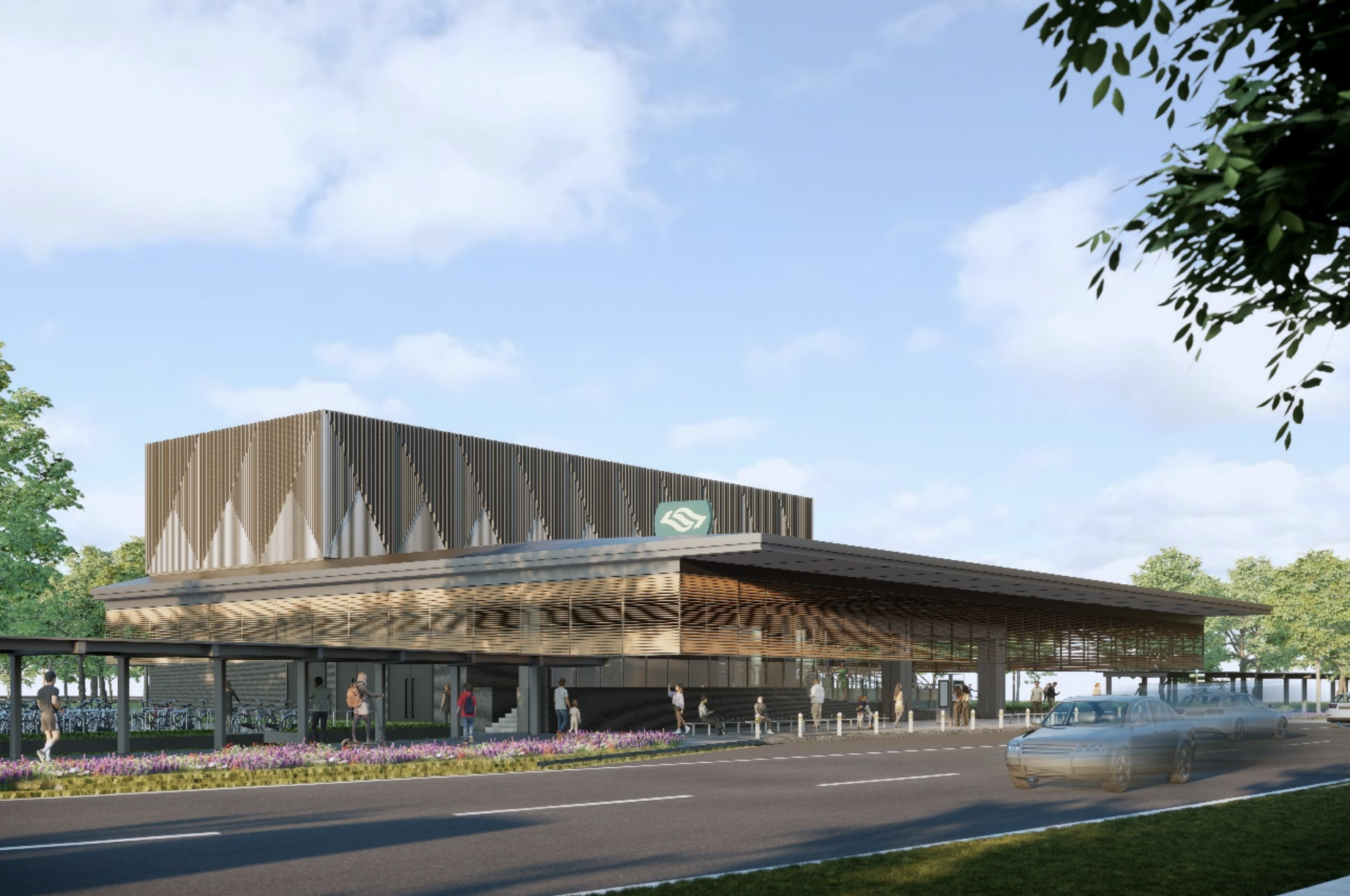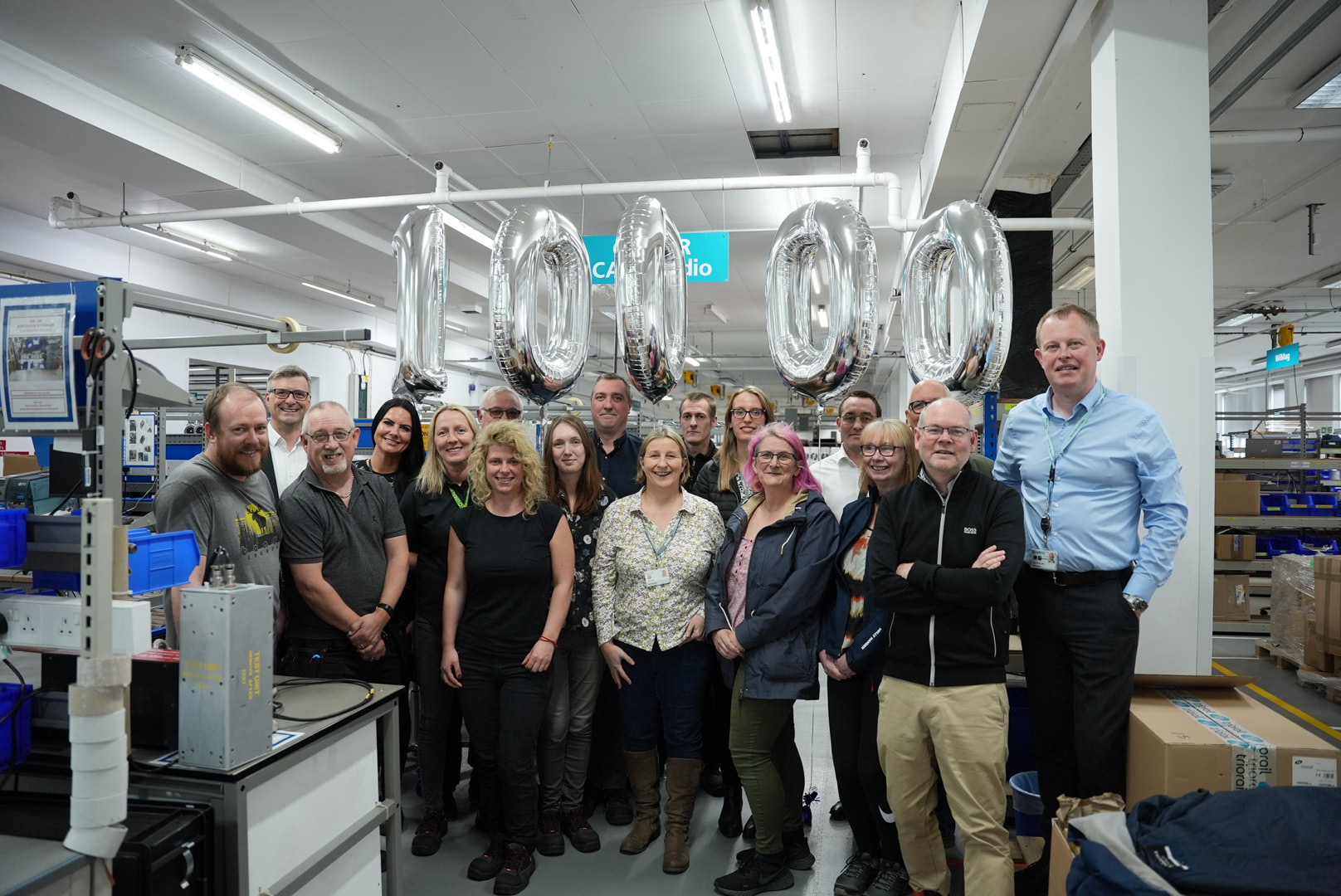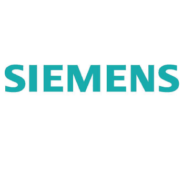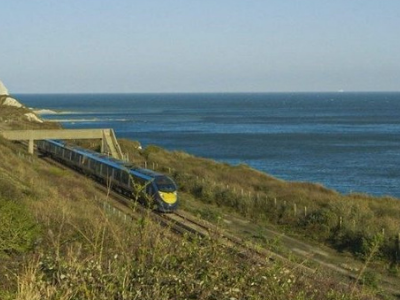Siemens Mobility’s train-borne conditioning monitoring (TBCM) system is one of six solutions being tested in Network Rail’s Lot 1 Operational Trial.
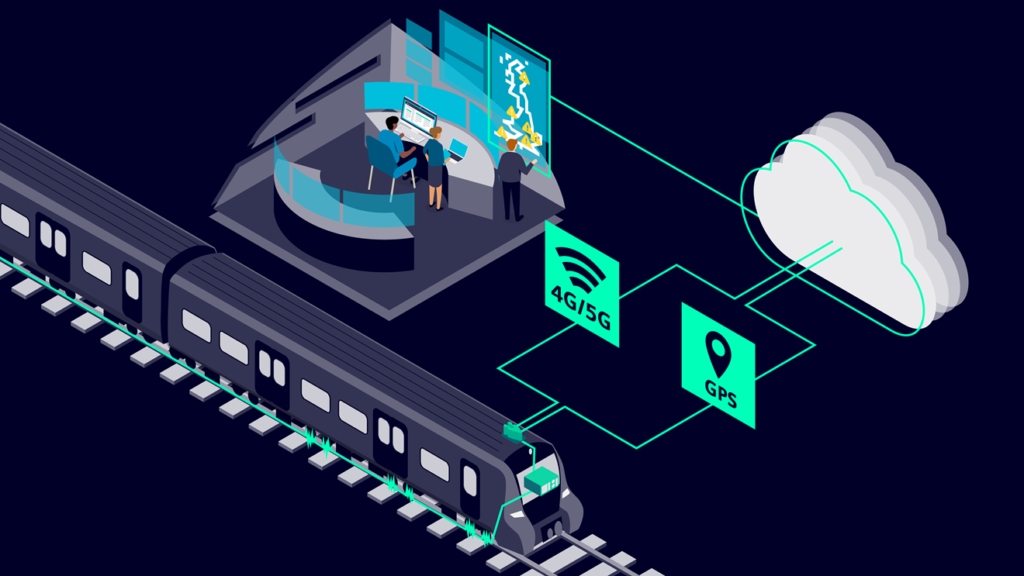
The trial, which began last month, is evaluating different ways of predicting rough rides, rather than relying on driver reports.
This will support a move to more preventative maintenance, which can be scheduled for quieter traffic times and ensure passengers have a more reliable service and comfortable ride.
Before the trial began, Siemens Mobility commissioned the University of Huddersfield to work on the simulation of track/vehicle interactions using historic raw track data from Network Rail.
This – in collaboration with data shared by Network Rail – helped the rail manufacturer to develop is rough ride algorithm, which is now being trialled on a fleet of 80 South Western Railway passenger trains running in the Wessex region.
The TBCM system can predict rough rides without the need for new hardware. It wirelessly creates a digital representation of the track using data collected from in-service trains equipped with a GSM-R cab radio. Sections of track in need of maintenance can then be identified through data analysis.
Rob Morris, Managing Director, Rail Infrastructure for Siemens Mobility, said:Our TBCM solution significantly improves the overall reliability of the network, letting maintainers focus on areas that need attention, reducing time lost from temporary speed restrictions and reducing train damage.
Delay costs, line closures, journey re-planning and speed restrictions are all minimised.
Although we are in the early stages of the trial, our system is already performing extremely well, having successfully predicted a number of rough rides.
In addition to the detection and prediction of rough rides, the TBCM system can also be used to identify and monitor voids in the track, as well as detecting any major potential anomalies.
It can also show the effectiveness of repair at sites where rough rides have been reported previously.

















